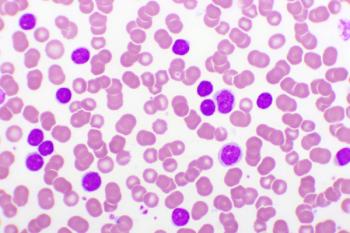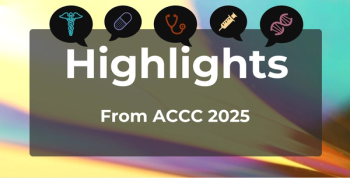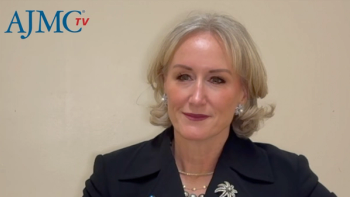
Thinking Outside the Box to Elevate, Increase Access to Cancer Care
Evolution. Disruption. Innovation. Telemedicine. A virtual exchange of information. Healthcare has lagged behind in these aspects, but it’s necessary to transcend time and distance, according to Susan Dentzer, senior policy fellow at the Duke-Margolis Center for Health Policy.
Evolution. Disruption. Innovation. Telemedicine. A virtual exchange of information. Healthcare has lagged behind in these aspects, but it’s necessary to transcend time and distance, according to Susan Dentzer, senior policy fellow at the
Dentzer spoke passionately about elevating the quality of cancer care delivery by changing the system and asking these questions:
- How do we take the possibilities that exist and expand them?
- What are the best ways to innovate?
- What if, instead of a sick-care system, we had a healthcare- and health-inducing system that went to the people rather than the people going to it?
- Why is this deemed necessary?
Her biggest question of all: for healthcare that mainly involves exchanges of information, not the laying of hands, why isn’t more of it done virtually today? Especially when study results show high levels of patient satisfaction, higher quality of life, less depression, and less stress with telehealth and tele-oncology.
According to Dentzer, it’s time to think outside the box, incorporating data and technology to elevate cancer care delivery. And she provided a telling question from her friend A. Mark Fendrick, MD, co-editor in chief of The American Journal of Managed Care®, that illustrates how despite advancements in cancer care, obstacles to optimizing its delivery remain: “Why do we have Star Wars medicine on a Flintstones delivery platform. Shouldn’t we at least advance to The Jetsons?”
What many don’t realize is that telemedicine, at least the idea of it, has been around for decades. Since the late 1960s. During her presentation, Dentzer told of how Kenneth D. Bird, MD, a former internist and pulmonary specialist at Massachusetts General Hospital, developed the first telemedicine system between Logan Airport and Mass General in 1968, with a second link in 1970. However, the system was abandoned in the 1970s.
A common theme that ran throughout her presentation was that it’s time for healthcare and cancer care to move outside the conventional walls of practices. To not be afraid of innovation. To move closer to patients where they are in their homes and communities. To elevate the quality of cancer care to such a level that it minimizes the amount of time people have to be in the hospital. But doing so first means addressing several important challenges:
- An estimated 70% of US counties lack an oncologist
- There is an uneven distribution of the overall cancer labor force
- The aging population has an increasing incidence of cancer
So, what can we do? What are some examples of where opportunities to innovate in medicine lie?
Tele-oncology. This has already been shown to improve access to care and decrease costs, Dentzer noted. And with oral cancer drugs and
For example, Boston University’s
Tele-genetics. Abramson Cancer Center in Philadelphia, Pennsylvania, offers
Symptom management. Because not all patients need to be seen in the clinic, Seattle Cancer Care Alliance provides a
Provider education in immuno-oncology. This is especially needed for emergency medicine physicians. Telemedicine can increase engagement and communication between experienced oncologists and emergency medicine physicians who may have limited knowledge of immunotherapies and their adverse effects. It also provides opportunities for online learning and 24/7 access to critical care information.
Access to clinical trials. Denzter pointed out that almost 8 of 10 clinical trials can be delayed, even closed, because recruitment takes too long. Telemedicine can remedy this by “expediting patients’ access to clinical trials” through automated platforms.
“I would argue that the status quo is not an option. You need to take advantage of these capabilities really fast,” Dentzer noted.
Newsletter
Stay ahead of policy, cost, and value—subscribe to AJMC for expert insights at the intersection of clinical care and health economics.









































